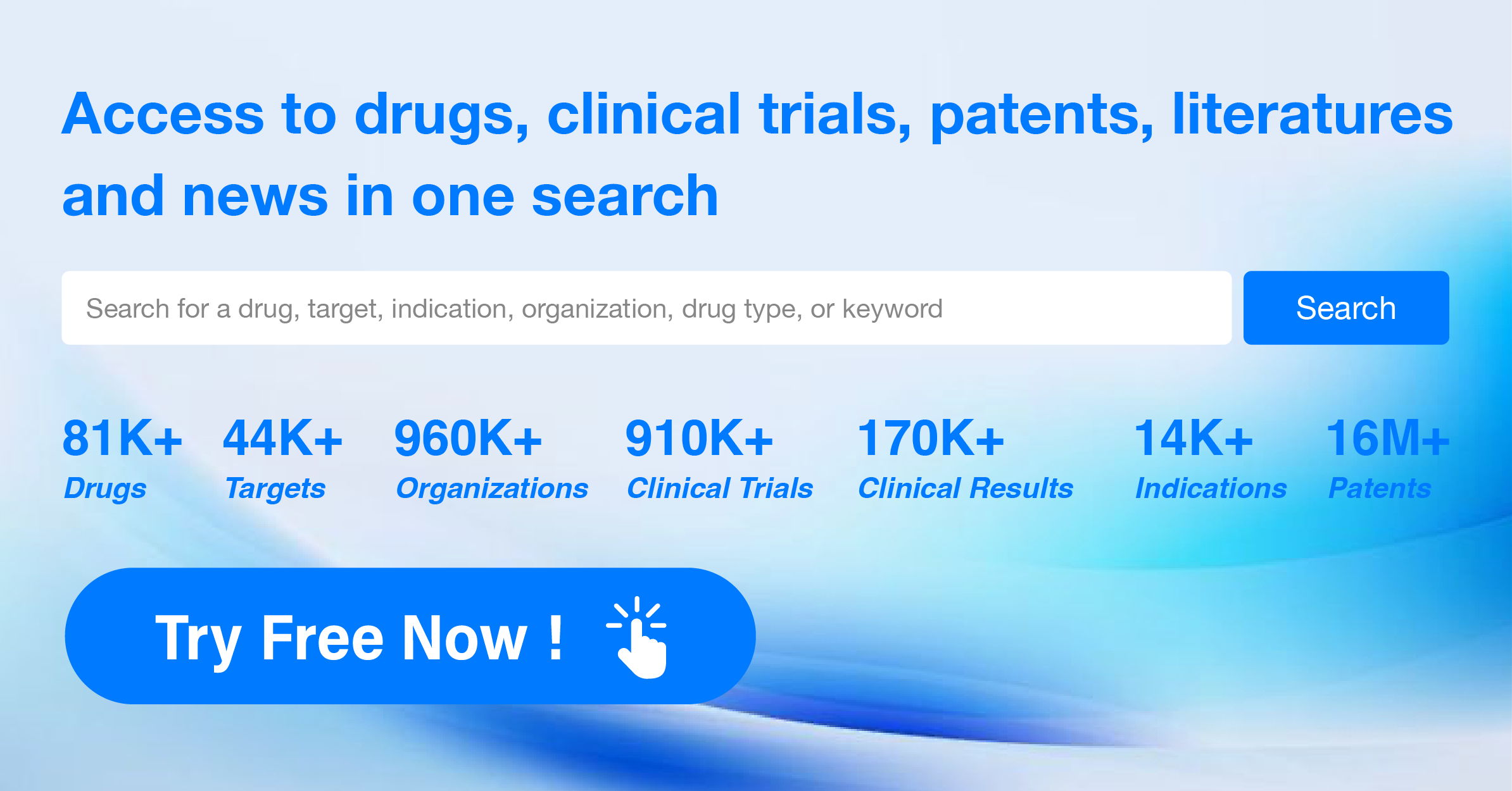What is the meaning of off-label use?
Off-label use refers to the practice of prescribing or using a medication for a condition, age group, or dosage that has not been officially approved by regulatory authorities such as the U.S. Food and Drug Administration (FDA) or the European Medicines Agency (EMA). This type of usage is based on clinical experience or research that may suggest the medication's effectiveness for a particular purpose, even though it has not gone through the full regulatory process for that specific application.
The key points about off-label use are:
1.Unapproved Indications: The medication has not been tested and approved by regulatory bodies for the condition being treated.
2.Legal and Ethical Considerations: While off-label use is legal in many countries, it may raise ethical questions about the balance between patient care and the need for rigorous testing to ensure safety and efficacy.
3.Insurance Coverage: Insurance companies may not cover the costs of medications used off-label, as they are not approved treatments for the condition in question.
4.Research and Evidence: Off-label use may be supported by limited or preliminary research, and healthcare providers may rely on anecdotal evidence, case studies, or small clinical trials.
5.Professional Judgment: Physicians may use their professional judgment to prescribe medications off-label when there are no approved treatment options available, or when they believe the potential benefits outweigh the risks.
6.Patient Informed Consent: It is important for healthcare providers to inform patients about off-label use, including the potential risks and the lack of formal approval for the treatment.
Off-label use is a complex area of medical practice that requires careful consideration of the available evidence, patient needs, and the potential for harm or benefit. It is a topic of ongoing debate in the medical community, with some advocating for more flexibility in treatment options and others emphasizing the importance of strict regulatory oversight to ensure patient safety.




